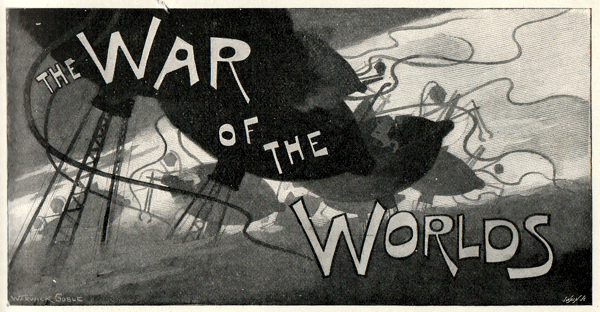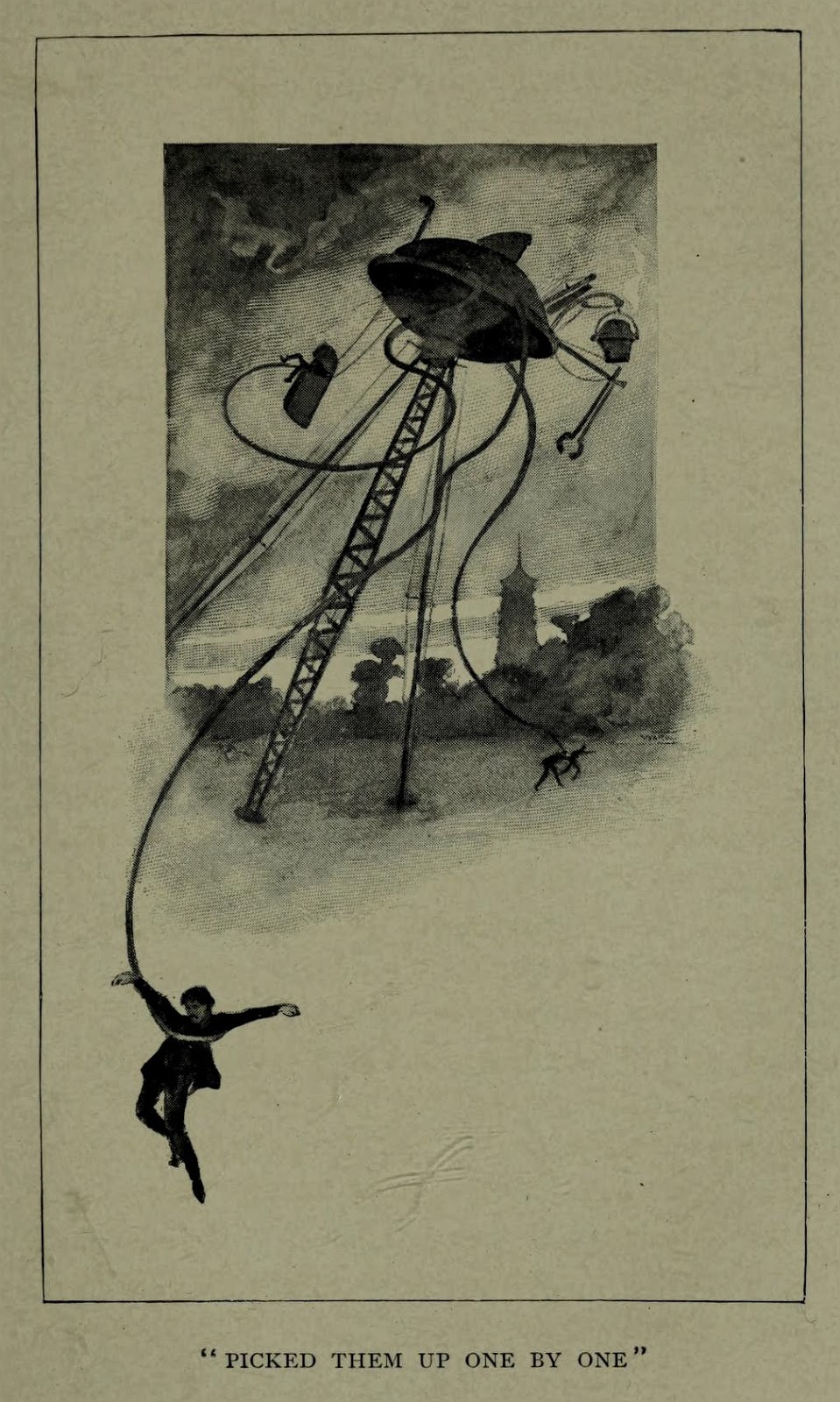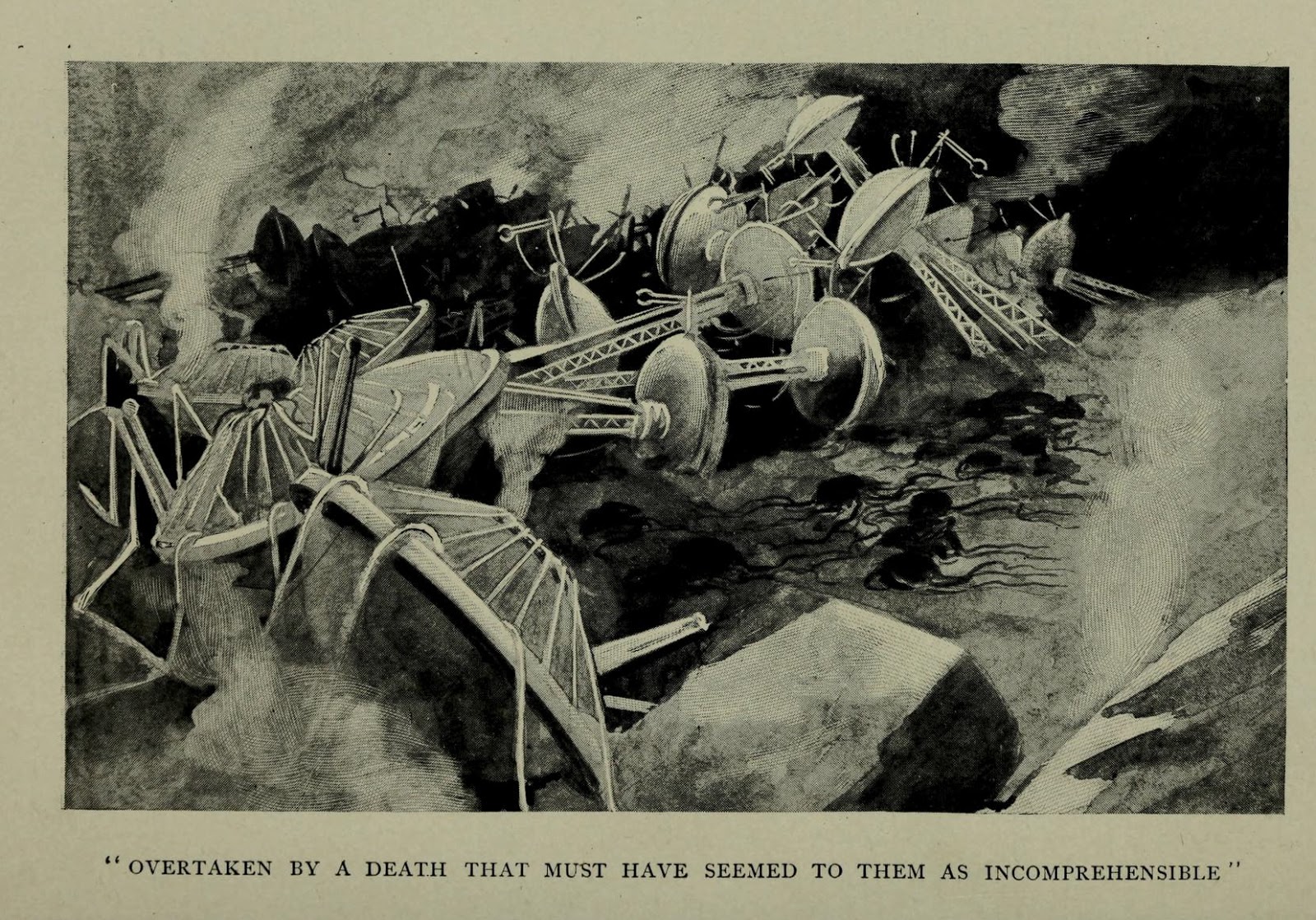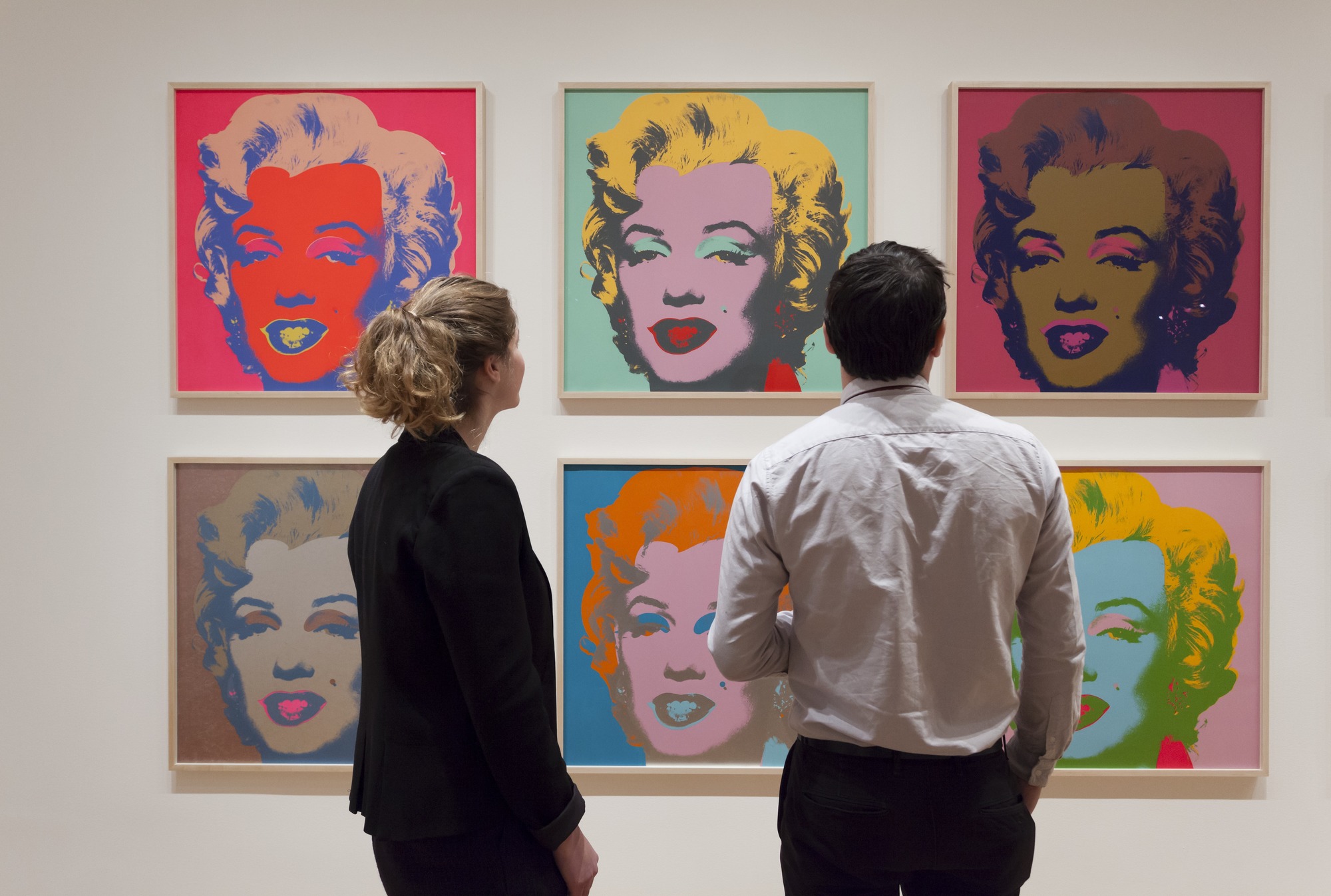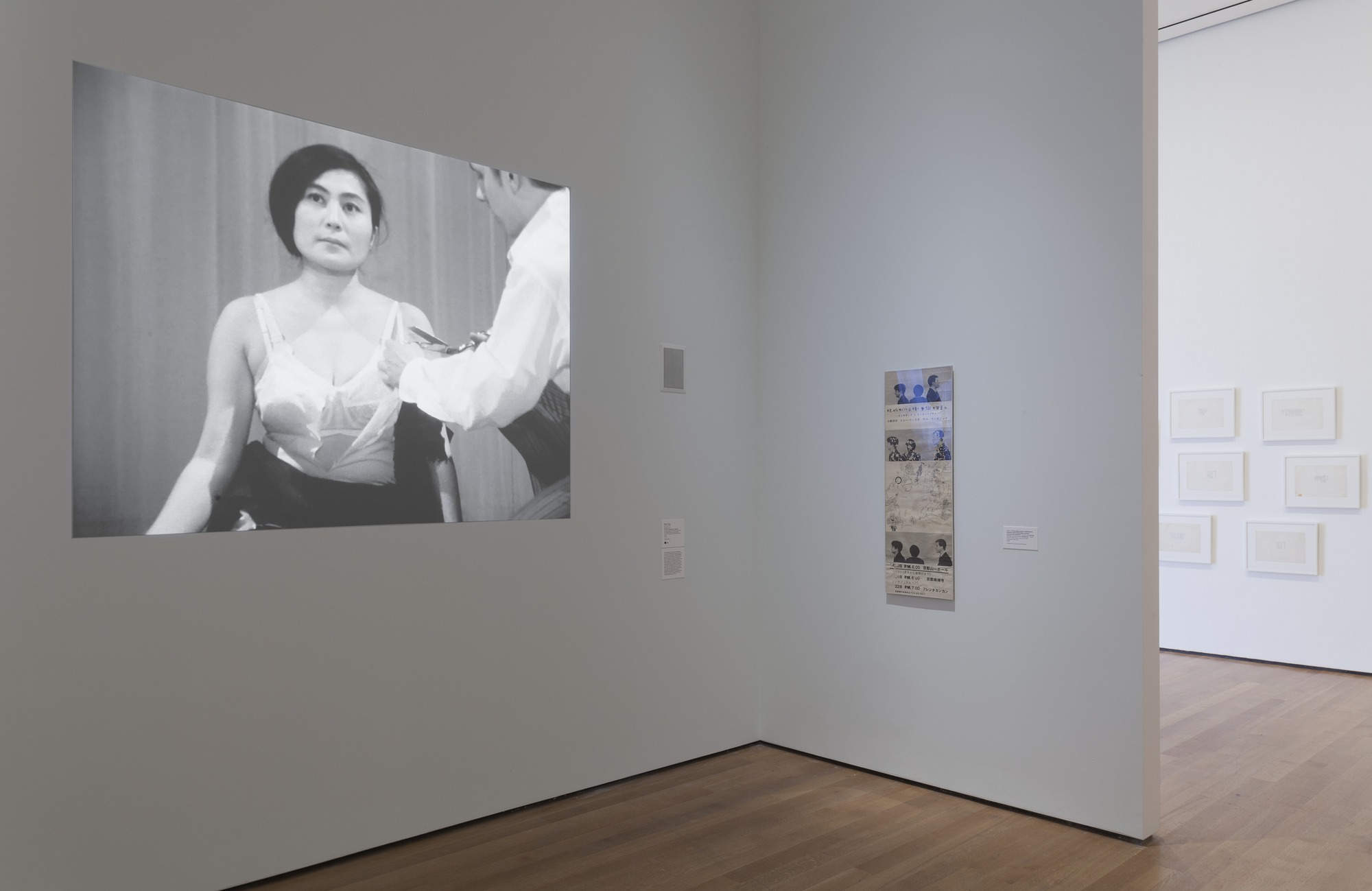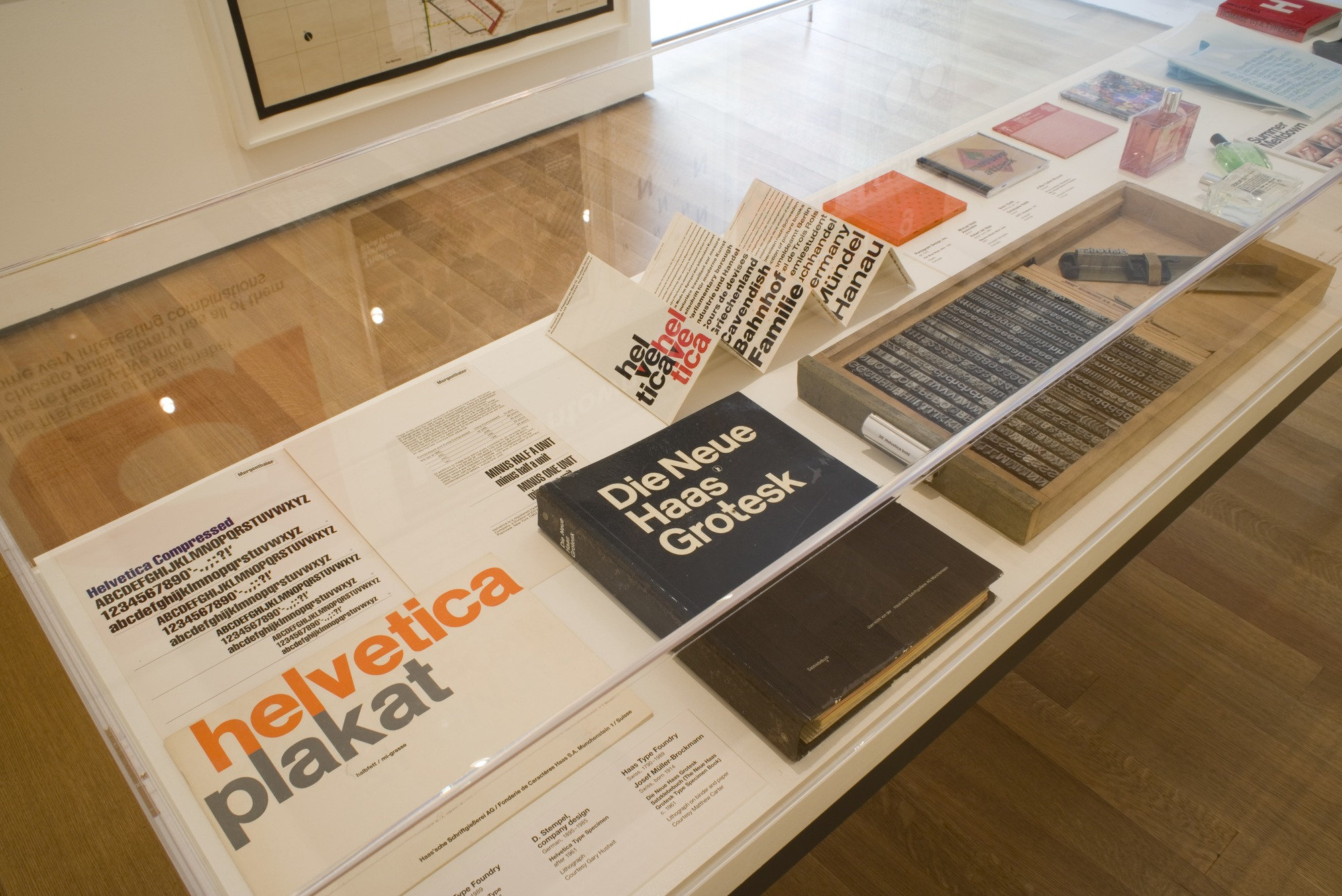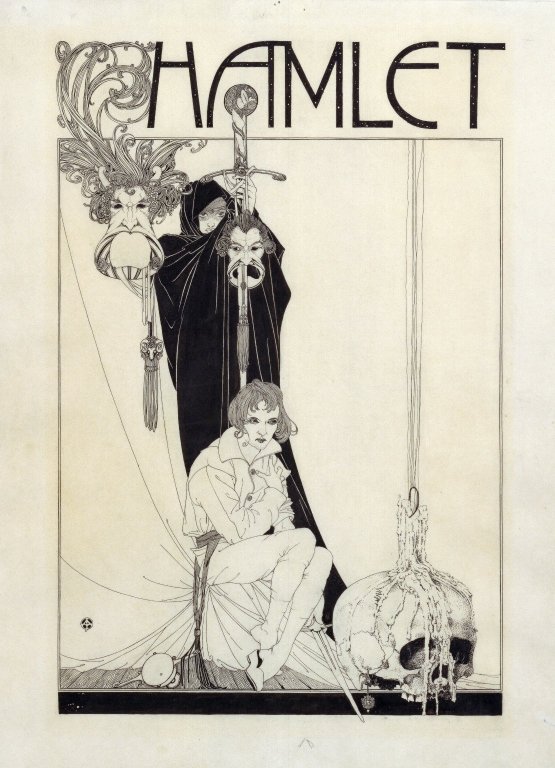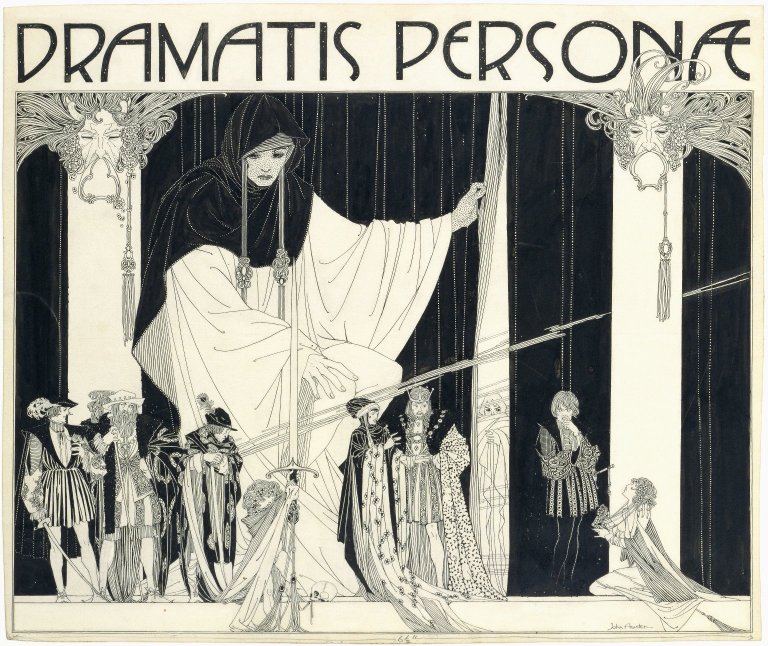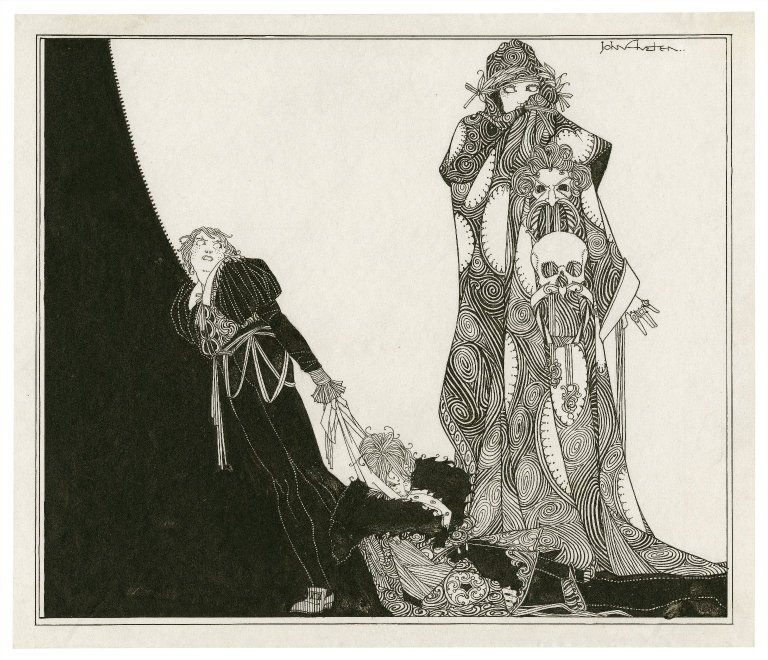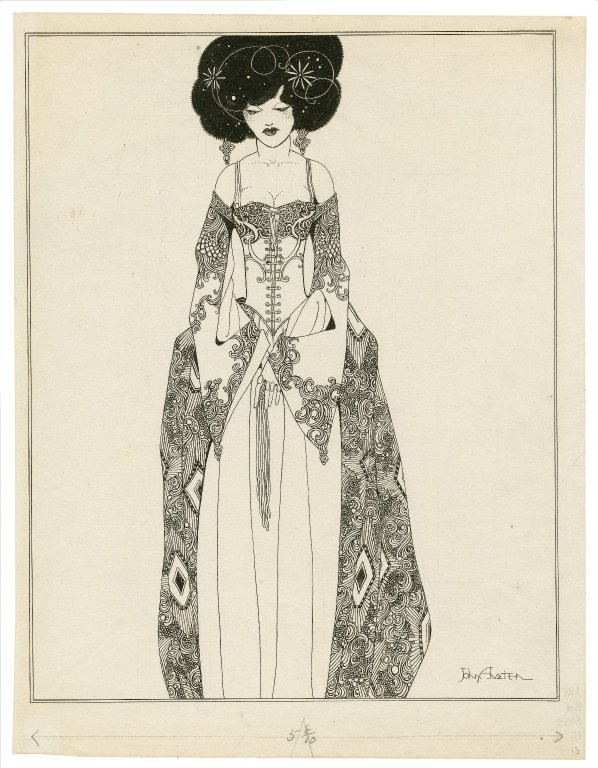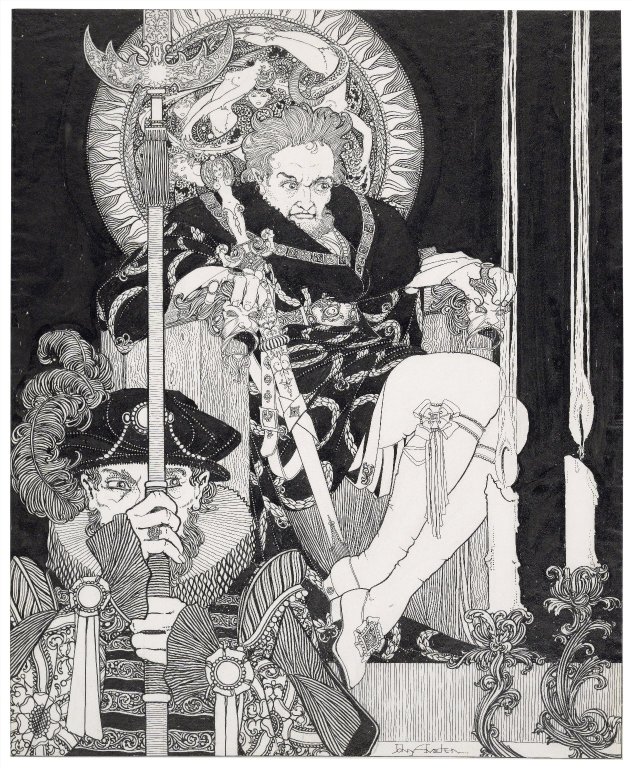45 years ago, four eminences took the stage at the University of Toronto: Irish actor Jack MacGowran, best known for his interpretations of Samuel Beckett; English poet and dramatist W.H. Auden; American architect and theorist of humanity’s way of life Buckminster Fuller; and Canadian literary scholar turned media technology oracle Marshall McLuhan. Now only did all four men come from different countries, they came from very different points on the intellectual and cultural map. The CBC recorded them for broadcast on its long-running series Ideas, prefacing it with an announcement that “the ostensible subject of their discussion is theatre and the visual arts.”
Key word: ostensible. “That topic is soon forgotten as two modes of perception clash,” says the announcer, “that of Professor McLuhan, who is one of the most famous interpreters of contemporary 20th-century cultural trends, and that of W.H. Auden, who cheerfully admits to being ‘a 19th-century man’ and sees no reason to change.” And so, though Fuller and MacGowan do occasionally provide their perspective, the panel turns into a rollicking debate between McLuhan and Auden, more or less from the point where the former — making one of his characteristically compelling proclamations — declares that modern media brings us to a world in which “there is no audience. There are only actors.” But the latter objects: “I profoundly disapprove of audience participation.”
By the early 1970s, television had long since found its way into homes all across America, Canada, and Britain, but the thinkers of the time had only just begun to grapple with its consequences. “We’ve just seen Apollo 14, which has some visual effects going with it. It’s a new type of theater, obviously,” says McLuhan, drawing one of many audience laughs. On the subject of television’s conflation of fact and fiction, Auden doesn’t mince words: “I think TV is a very, very wicked medium. That’s all I can say.” McLuhan emphasizes that, as a professional observer of these phenomena, “I have steadfastly reserved moral judgment on all media matters.” Auden: “I don’t.”
Yet the author of The Age of Anxiety and the author of The Gutenberg Galaxy turn out to have more in common than their conflict might suggest. Both in their 60s by the time of this discussion (“Thank God I can remember the world before World War I,” says the poet) and both 1930s converts to Catholicism, they also both harbored deep suspicions of technologies like television. Auden, who insists he would never dream of owing a TV set himself, seems to look down on it as merely lowbrow, but McLuhan has darker suspicions: “You are missing the name of the game, sir. You are actually imagining that those little images you see on TV are TV. They are not. What is TV is that fire stream pouring out of that tube into your gut.”
Even while predicting still-unheard-of advances in televisual technology (at one point attempting to engage MacGowran on “the immediate prospect of four- and five-dimensional TV”), McLuhan also foresees it as the potential spark for such cataclysms as a global race war, going so far as to suggest that “if you want to save a fantastic bloodbath on this planet, which will be very traumatic, very cathartic, and very tragic — in the Greek sense — we turn off TV totally. For good.” Auden, of course, actually approves of that particular idea of McLuhan’s, though he evinces little optimism about its feasibility. “Why won’t it happen?” asks McLuhan. “Because people like the damn things,” he replies.
Related Content:
Marshall McLuhan on the Stupidest Debate in the History of Debating (1976)
The Visionary Thought of Marshall McLuhan, Introduced and Demystified by Tom Wolfe
McLuhan Said “The Medium Is The Message”; Two Pieces Of Media Decode the Famous Phrase
W.H. Auden Recites His 1937 Poem, ‘As I Walked Out One Evening’
Everything I Know: 42 Hours of Buckminster Fuller’s Visionary Lectures Free Online (1975)
Bertrand Russell & Buckminster Fuller on Why We Should Work Less, and Live & Learn More
Based in Seoul, Colin Marshall writes and broadcasts on cities and culture. He’s at work on a book about Los Angeles, A Los Angeles Primer, the video series The City in Cinema, the crowdfunded journalism project Where Is the City of the Future?, and the Los Angeles Review of Books’ Korea Blog. Follow him on Twitter at @colinmarshall or on Facebook.

